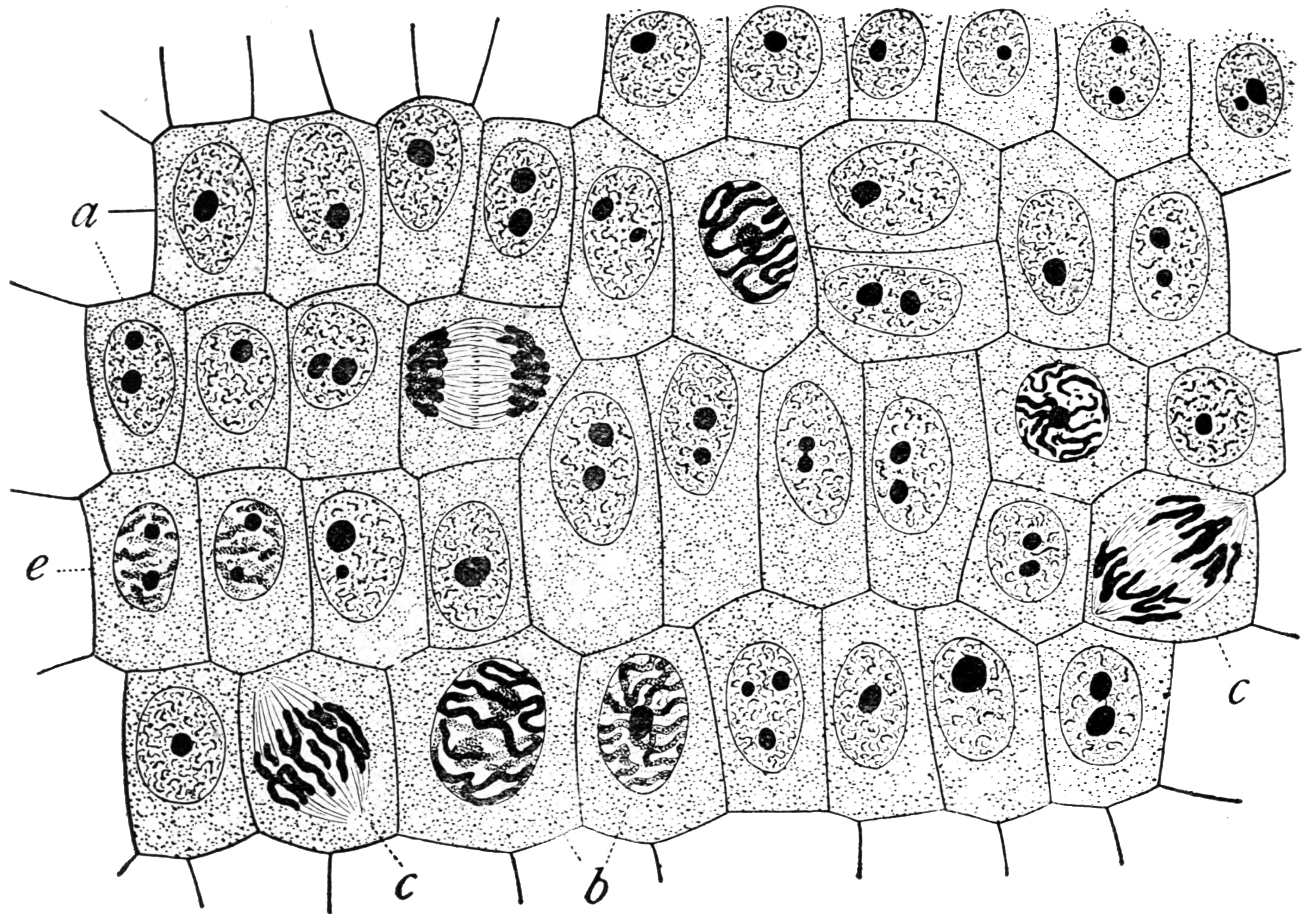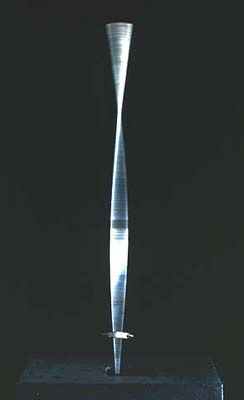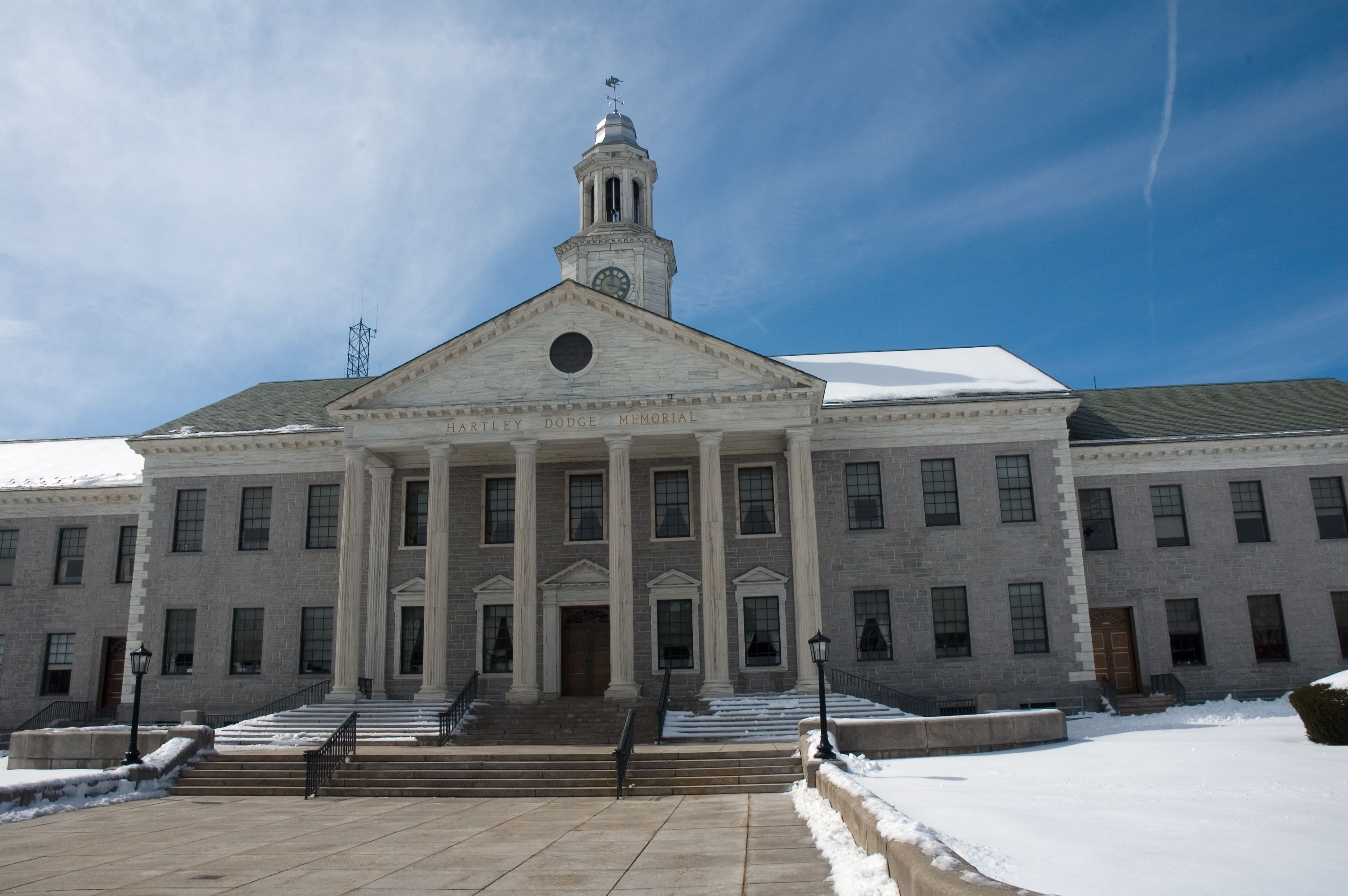|
Morris Museum
Actively running since 1913, the Morris Museum is the second-largest museum in New Jersey at . The museum is fully accredited by the American Alliance of Museums. Museum history 1913–1957: early years The Morris Children's Museum was founded in 1913 as a collection of curio cabinets held in the Neighborhood House School in Morristown, New Jersey. In 1922, the Neighborhood House expanded to include an abandoned macaroni factory next to the original school. The Children's Museum continued to grow, eventually taking up two rooms of the factory. In 1938, with approval from the Morristown Board of Education, the museum moved to the Maple Avenue School. The collections of stuffed birds, toys, fossils, and various other articles were housed on the third floor. The museum was officially incorporated in 1943, and began loaning out exhibits to local schools and libraries. Previously a volunteer-based organization, the museum hired its first director, Chester H. Newkirk, in 1956. T ... [...More Info...] [...Related Items...] OR: [Wikipedia] [Google] [Baidu] |
New Jersey
New Jersey is a U.S. state, state located in both the Mid-Atlantic States, Mid-Atlantic and Northeastern United States, Northeastern regions of the United States. Located at the geographic hub of the urban area, heavily urbanized Northeast megalopolis, it is bordered to the northwest, north, and northeast by New York (state), New York State; on its east, southeast, and south by the Atlantic Ocean; on its west by the Delaware River and Pennsylvania; and on its southwest by Delaware Bay and Delaware. At , New Jersey is the List of U.S. states and territories by area, fifth-smallest state in land area. According to a 2024 United States Census Bureau, U.S. Census Bureau estimate, it is the List of U.S. states and territories by population, 11th-most populous state, with over 9.5 million residents, its highest estimated count ever. The state capital is Trenton, New Jersey, Trenton, and the state's most populous city is Newark, New Jersey, Newark. New Jersey is the only U.S. stat ... [...More Info...] [...Related Items...] OR: [Wikipedia] [Google] [Baidu] |
Natural Science
Natural science or empirical science is one of the branches of science concerned with the description, understanding and prediction of natural phenomena, based on empirical evidence from observation and experimentation. Mechanisms such as peer review and reproducibility of findings are used to try to ensure the validity of scientific advances. Natural science can be divided into two main branches: list of life sciences, life science and Outline of physical science, physical science. Life science is alternatively known as biology. Physical science is subdivided into branches: physics, astronomy, Earth science and chemistry. These branches of natural science may be further divided into more specialized branches (also known as fields). As empirical sciences, natural sciences use tools from the formal sciences, such as mathematics and logic, converting information about nature into measurements that can be explained as clear statements of the "laws of science, laws of nature". Mode ... [...More Info...] [...Related Items...] OR: [Wikipedia] [Google] [Baidu] |
Natural History Museums In New Jersey
Nature is an inherent character or constitution, particularly of the ecosphere or the universe as a whole. In this general sense nature refers to the laws, elements and phenomena of the physical world, including life. Although humans are part of nature, human activity or humans as a whole are often described as at times at odds, or outright separate and even superior to nature. During the advent of modern scientific method in the last several centuries, nature became the passive reality, organized and moved by divine laws. With the Industrial Revolution, nature increasingly became seen as the part of reality deprived from intentional intervention: it was hence considered as sacred by some traditions (Rousseau, American transcendentalism) or a mere decorum for divine providence or human history (Hegel, Marx). However, a vitalist vision of nature, closer to the pre-Socratic one, got reborn at the same time, especially after Charles Darwin. Within the various uses of the word t ... [...More Info...] [...Related Items...] OR: [Wikipedia] [Google] [Baidu] |
History Museums In New Jersey
History is the systematic study of the past, focusing primarily on the human past. As an academic discipline, it analyses and interprets evidence to construct narratives about what happened and explain why it happened. Some theorists categorize history as a social science, while others see it as part of the humanities or consider it a hybrid discipline. Similar debates surround the purpose of history—for example, whether its main aim is theoretical, to uncover the truth, or practical, to learn lessons from the past. In a more general sense, the term ''history'' refers not to an academic field but to the past itself, times in the past, or to individual texts about the past. Historical research relies on primary and secondary sources to reconstruct past events and validate interpretations. Source criticism is used to evaluate these sources, assessing their authenticity, content, and reliability. Historians strive to integrate the perspectives of several sources to devel ... [...More Info...] [...Related Items...] OR: [Wikipedia] [Google] [Baidu] |
Art Museums And Galleries In New Jersey
Art is a diverse range of culture, cultural activity centered around works of art, ''works'' utilizing Creativity, creative or imagination, imaginative talents, which are expected to evoke a worthwhile experience, generally through an expression of emotional power, conceptual ideas, technical proficiency, or beauty. There is no generally agreed definition of what constitutes ''art'', and its interpretation has varied greatly throughout history and across cultures. In the Western world, Western tradition, the three classical branches of visual art are painting, sculpture, and architecture. Theatre, dance, and other performing arts, as well as literature, music, film and other media such as interactive media, are included in a broader definition of "the arts". Until the 17th century, ''art'' referred to any skill or mastery and was not differentiated from crafts or sciences. In modern usage after the 17th century, where aesthetic considerations are paramount, the fine arts are s ... [...More Info...] [...Related Items...] OR: [Wikipedia] [Google] [Baidu] |
Museums In Morristown, New Jersey
A museum is an institution dedicated to displaying or preserving culturally or scientifically significant objects. Many museums have exhibitions of these objects on public display, and some have private collections that are used by researchers and specialists. Museums host a much wider range of objects than a library, and they usually focus on a specific theme, such as the arts, science, natural history or local history. Public museums that host exhibitions and interactive demonstrations are often tourist attractions, and many draw large numbers of visitors from outside of their host country, with the most visited museums in the world attracting millions of visitors annually. Since the establishment of the earliest known museum in ancient times, museums have been associated with academia and the preservation of rare items. Museums originated as private collections of interesting items, and not until much later did the emphasis on educating the public take root. Etymology The ... [...More Info...] [...Related Items...] OR: [Wikipedia] [Google] [Baidu] |
List Of Music Museums
This list of music museums offers a guide to museums worldwide that specialize in the domain of music. These institutions are dedicated to the preservation and exhibition of music-related history, including the lives and works of prominent musicians, the evolution and variety of musical instruments, and other aspects of the world of music. The list includes both existing and historical museums. This list is not exhaustive. Argentina * Academia Nacional del Tango de la República Argentina – Buenos Aires * , dedicated to The Beatles – Buenos Aires * – La Plata * (2001–2013†) – Mina Clavero Armenia * House-Museum of Aram Khachaturian, dedicated to Aram Khachaturian – Yerevan * Charles Aznavour Museum, dedicated to Charles Aznavour – Yerevan Australia * National Film and Sound Archive – Acton, Australian Capital Territory, Acton, Australian Capital Territory * Tandanya National Aboriginal Cultural Institute – Adelaide, South Australia * National Library o ... [...More Info...] [...Related Items...] OR: [Wikipedia] [Google] [Baidu] |
Kinetic Art
Kinetic art is art from any medium that contains movement perceivable by the viewer or that depends on motion for its effects. Canvas paintings that extend the viewer's perspective of the artwork and incorporate multidimensional movement are the earliest examples of kinetic art. More pertinently speaking, kinetic art is a term that today most often refers to three-dimensional sculptures and figures such as mobiles that move naturally or are machine operated (see e.g. videos on this page of works of George Rickey and Uli Aschenborn). The moving parts are generally powered by wind, a motor or the observer. Kinetic art encompasses a wide variety of overlapping techniques and styles. There is also a portion of kinetic art that includes virtual movement, or rather movement perceived from only certain angles or sections of the work. This term also clashes frequently with the term "apparent movement", which many people use when referring to an artwork whose movement is created b ... [...More Info...] [...Related Items...] OR: [Wikipedia] [Google] [Baidu] |
Automata
An automaton (; : automata or automatons) is a relatively self-operating machine, or control mechanism designed to automatically follow a sequence of operations, or respond to predetermined instructions. Some automata, such as bellstrikers in mechanical clocks, are designed to give the illusion to the casual observer that they are operating under their own power or will, like a mechanical robot. The term has long been commonly associated with automated puppets that resemble moving humans or animals, built to impress and/or to entertain people. Animatronics are a modern type of automata with electronics, often used for the portrayal of characters or creatures in films and in theme park attractions. Etymology The word ' is the latinization of the Ancient Greek (), which means "acting of one's own will". It was first used by Homer to describe an automatic door opening, or automatic movement of wheeled tripods. It is more often used to describe non-electronic moving machines, e ... [...More Info...] [...Related Items...] OR: [Wikipedia] [Google] [Baidu] |
Philanthropy
Philanthropy is a form of altruism that consists of "private initiatives for the Public good (economics), public good, focusing on quality of life". Philanthropy contrasts with business initiatives, which are private initiatives for private good, focusing on material gain; and with government endeavors that are public initiatives for public good, such as those that focus on the provision of public services. A person who practices philanthropy is a philanthropist. Etymology The word ''philanthropy'' comes , from 'to love, be fond of' and 'humankind, mankind'. In , Plutarch used the Greek concept of to describe superior human beings. During the Middle Ages, was superseded in Europe by the Cardinal virtues, Christian virtue of ''Charity (Christian virtue), charity'' (Latin: ) in the sense of selfless love, valued for Salvation in Christianity, salvation and escape from purgatory. Thomas Aquinas held that "the habit of charity extends not only to the love of God, but also to t ... [...More Info...] [...Related Items...] OR: [Wikipedia] [Google] [Baidu] |
Geraldine Rockefeller Dodge
Ethel Geraldine Rockefeller Dodge (April 3, 1882 – August 13, 1973) was the youngest child of William Avery Rockefeller Jr. and Almira Geraldine (Goodsell) Rockefeller. Giralda Farms was the name given to the New Jersey country estate where the family lived. She was a great patron of the arts and parts of her collection became the object of a lawsuit following her death. Life Rockefeller was born in New York City, New York on April 3, 1882, to Almira Geraldine Goodsell and William Rockefeller She grew up at Rockwood Hall, her father's estate in Mount Pleasant, New York. She married Marcellus Hartley Dodge Sr., president of The Remington Arms Company and, she brought into the marriage an estimated personal fortune of $101 million. They were married on April 18, 1907, in Manhattan, where both resided, in a small ceremony at the residence of the bride's family, following the contemporary customs dictated by a mourning period after the death of the groom's father in Fe ... [...More Info...] [...Related Items...] OR: [Wikipedia] [Google] [Baidu] |









